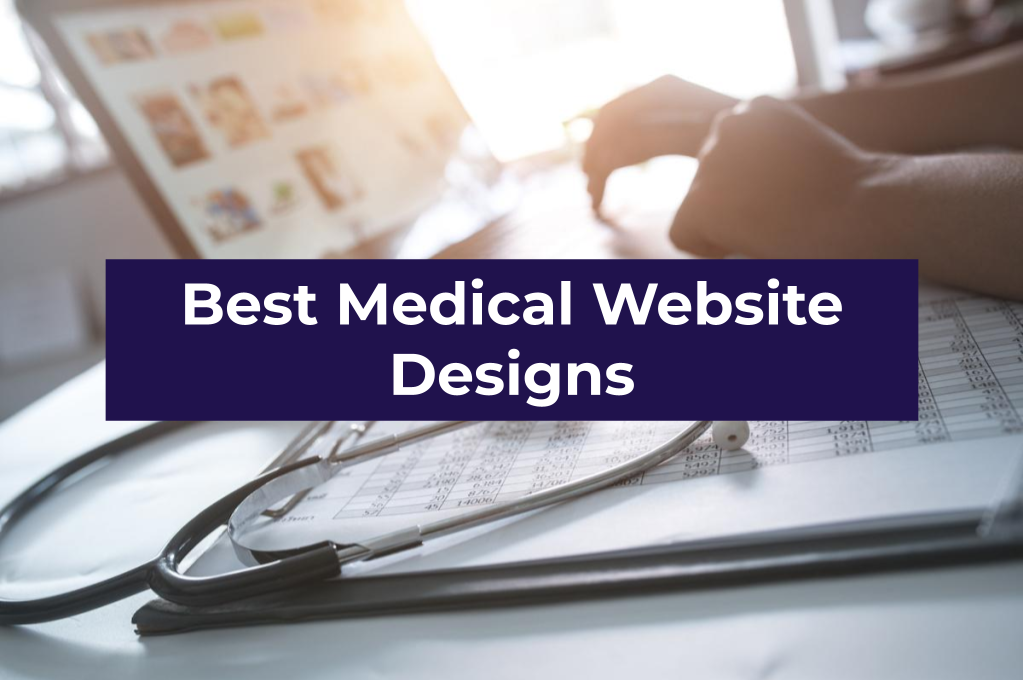Critical Success Factors
Did you know that without a new patient-capture form, your digital content can't generate new patients out of hours? That is typically over 70% of the time.
Empower Your Website 100%
The new patient inquiry form should be a key focus of a new patient strategy. The ultimate goal of this form is to get your visitors to fill it out with contact information, sometimes this can be in exchange for a piece of content, such as an ebook or checklist.
Because the design of your new patient-capture form has a direct impact on your conversion rates, it is absolutely critical that you approach form design wisely.
Here are the five critical components of successful new patient forms.
The Five Components of a new patient Form
1. New Patient Forms Positioning on the Landing Page
Make sure your form appears above the fold or is easily findable on the new patient page.
In other words, your visitor should not have to manually scroll down the page in order to see it. Visibility is important since you want to draw the visitor’s attention to the form.
However, you don't want this form to spook visitors who are less willing to disclose information at first glance. To ensure the content you're offering is the main appeal of your new patient page, consider two different form positioning techniques:
Next to the Content Offer's Picture
The form below might be above the fold, but it's not the most eye-catching object on the page -- the content itself is. Putting a picture of the content next to the form is an appealing reminder of what a user will get in return for his or her basic information.
At the Bottom of an Auto-Scroll Landing Page
New patient forms at the bottom of a page can be appropriate when this positioning ensures the content being offered is at the centre stage so a new patient can adequately determine if it's worth it.
If they decide they want the content, clicking the Download button shown above automatically scrolls them down to a brief form at the bottom of the page:
2. New Patient Form's Length
Often the biggest question when designing your forms is, how long should it be?
This is a tricky question because the length of your form inevitably can lead to a tradeoff between the quantity and quality of the new patient inquiry you generate.
A shorter form usually means more people will be willing to fill it out, so you’ll generate more inquiries. But the quality of new patients will be higher when visitors are willing to fill out more forms fields and provide you with more information about themselves and what they’re looking for.
Therefore, shorter forms usually result in more new patients, and longer forms will result in fewer, but higher quality new patients.
The other critical factor to consider is the effect of the length of the form on the prospect’s willingness to fill it out. If the form is too long, prospects are going to stop and evaluate whether it is worth their time to complete all of those fields. So you need to find a good balance between collecting enough information and not asking for too much information that they’re not willing to give.
3. The Form Fields You Use
What should those form fields be? What information should I ask for? Your practice form should not ask for too much information (or the wrong kind of information). Your goal should be to collect enough information to enable you to both contacts and qualify the inquiry.
You can use fields such as name and email address to gather contact information about the new patient. It is important to be able to follow up with your newly converted new patient so you can put them into your sales funnel to try to convert them into a customer.
New Patient-Qualifying Fields
Before you do that, though, you’ll want to be able to qualify new patients. To do this, include fields and questions in your form that will help you identify how well suited to be a new patient the candidate is.
You can include fields such as basic background information (age, symptoms).
Asking Only Essential Questions
When you are deciding which fields and questions to include on your form, remember that you should only be asking for information that is essential to be able to contact and qualify them.
You can always ask for more information later, and in fact, that is usually the better approach. Too often, practices request all kinds of contact information and ask tons of questions of their visitors, neglecting to realize that their 15-field forms are significantly lowering conversion rates.
4. Your Privacy Policy
This brings us to the next concern that prospects have with regard to filling out forms: security. Most people experience some sort of anxiety when asked to provide sensitive information, especially online. You need to show your visitors they can trust you with their information.
Link to your privacy policy next to the field that asks for the visitor's email address. Have your logo and a client testimonial visible. Use some sort of authority endorsement, third-party security certification, or guarantee seal. Just make sure that your website looks credible, and that should help to reduce friction for filling out your form.
On our new patient forms, we offer a brief preview of our privacy policy right above the download button. View our Privacy Policy
5. New Patient Form's Submission Button
The last major component of your form is the button the visitor must press to complete the form and send you their information.
The default text for this button is usually “Submit,” but studies show that forms with buttons labelled “Submit” actually have lower conversion rates than those that use other wording.
The top-performing variations in this study were “Click Here” and “Go.” Compared to “Submit,” these buttons feel much less committal and imply a lower investment of time and effort.
Want Help With Your Forms
Forms for Doctors can be so much more than New Patient Inquiry forms. They can also help drive efficiencies in your practice and ensure accurate patient information is being collected.
We can help your practice create great forms.
Contact Us and see how we can improve your practice’s forms.









